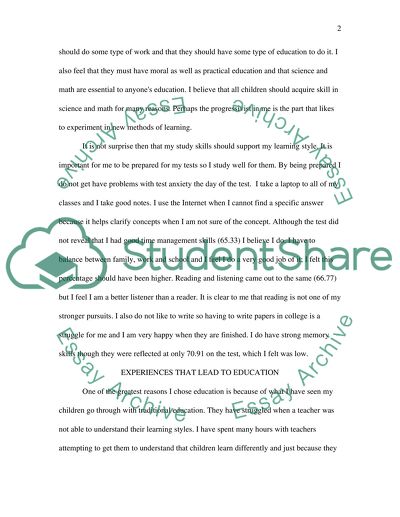Cite this document
(“Learning and study skills Research Proposal Example | Topics and Well Written Essays - 3500 words”, n.d.)
Learning and study skills Research Proposal Example | Topics and Well Written Essays - 3500 words. Retrieved from https://studentshare.org/education/1551315-learning-and-study-skills
Learning and study skills Research Proposal Example | Topics and Well Written Essays - 3500 words. Retrieved from https://studentshare.org/education/1551315-learning-and-study-skills
(Learning and Study Skills Research Proposal Example | Topics and Well Written Essays - 3500 Words)
Learning and Study Skills Research Proposal Example | Topics and Well Written Essays - 3500 Words. https://studentshare.org/education/1551315-learning-and-study-skills.
Learning and Study Skills Research Proposal Example | Topics and Well Written Essays - 3500 Words. https://studentshare.org/education/1551315-learning-and-study-skills.
“Learning and Study Skills Research Proposal Example | Topics and Well Written Essays - 3500 Words”, n.d. https://studentshare.org/education/1551315-learning-and-study-skills.


